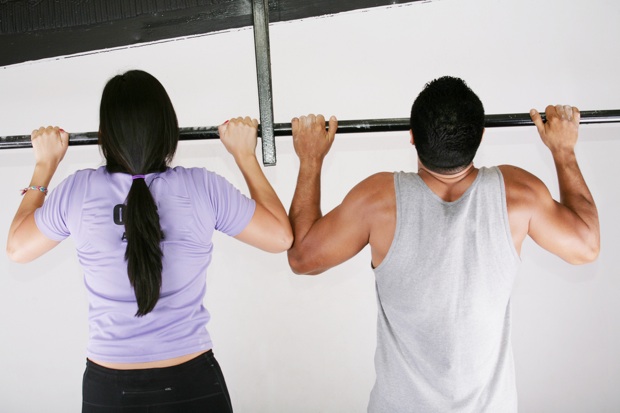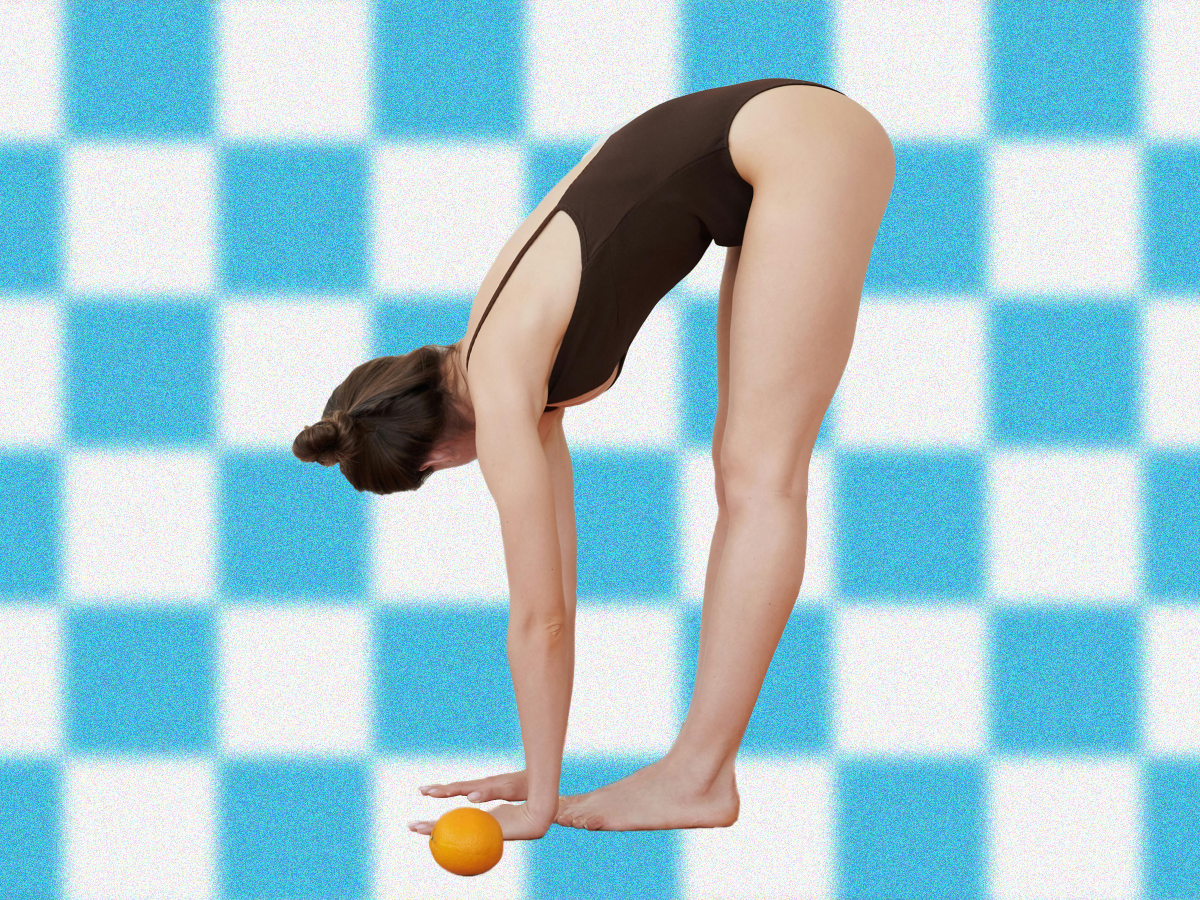Honesty moment: I was—and still am—the absolute worst at doing pullups. The first time I had to do a real one, without the help of an assisted pullup machine, I was floored by how awful I was. By the third attempt, I had resulted to jumping up to the bar, which still barely gave me enough momentum to get my chin over. It would have been laughable if it wasn’t so sad.
I realized that I couldn’t blame it on my long arms and torso (“I have more area to cover!”). The simple fact was that I lacked upper body strength.
But an article published in New York Times Magazine titled “Why Women Can’t Do Pull-Ups” stated that my long-arms hypothesis was not entirely unfounded. A study found that women who spent three days a week for three months focusing on back-strengthening exercises still couldn’t do a single pullup afterwards.
Researchers said typically strong men and women of smaller stature and low body fat are better at doing pullups than long-limbed athletes. It doesn’t mean us lanky folks are less fit—it’s just that our body types put us at a bit of a disadvantage for this particular exercise.
But that doesn’t mean it’s impossible, says Fit DC personal trainer and physical therapist Ariel Osharenko. “The pullup is one of the most underrated exercises out there.”
Contrary to popular belief, the pullup requires not only strong back muscles, but also strength in our forearms, shoulders, and abdominal muscles. It’s worth noting that the study did not incorporate strength-training in those three areas, which could have increased the participants’ chances of performing a successful pullup.
In addition, doing back-strengthening exercises alone for an extended period of time does not mean you’ll be able to perform a set of pullups easily. The key to doing a pullup successfully is progression, Osharenko says. “Progression is an important aspect in designing the perfect workout in order to be able to do pullups, and also a way for you not to get frustrated that you cannot do one.”
Osharenko recommends doing two types of exercises to work your back muscles: horizontal pulls, which involve row movements, and vertical pulls, which mimic the actual pullup. For horizontal pull exercises, Osharenko recommends starting with the row machine and then progressing to dumbbell rows. Vertical pull exercises should involve lateral pulldowns using a cable machine, and eventually progressing to pullups.
For modified pullups, try looping a thick, heavy resistance band around the pullup bar. Place one knee under it to assist your ascent phase in the pullup. Or use a chair as assistance, placing one foot on a chair while performing a pullup. Try to use your leg as little as possible.
And don’t feel too bad if you can only do a few pullups by the end of your training—the Marine Corps requires male recruits to do three pullups. For women, the National Strength and Conditioning Association says performing one or two pullups is “excellent.”


















